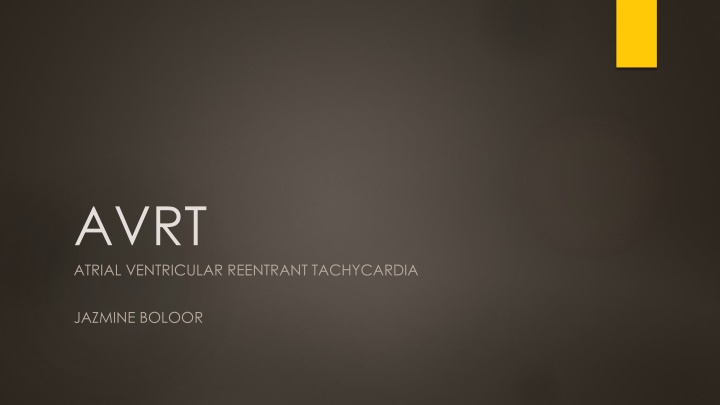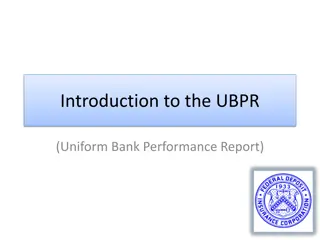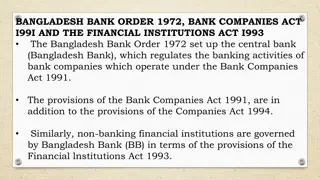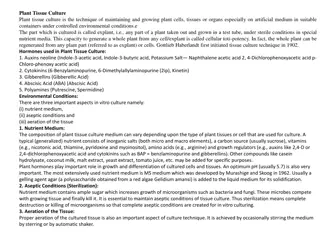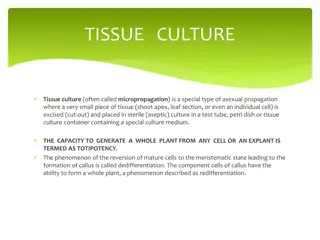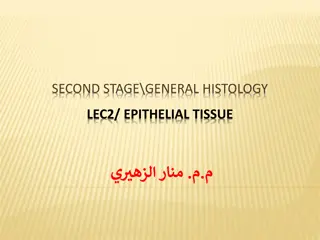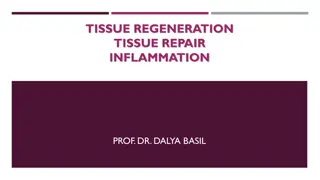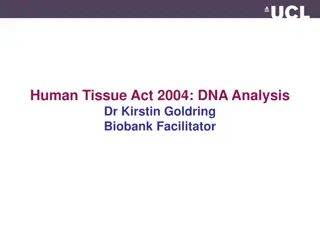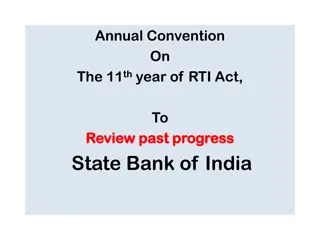BioCHESS Tissue Bank for cSDH Research
"BioCHESS aims to establish a multi-center cSDH tissue bank through the CHESS trial infrastructure. This involves collecting samples from patients undergoing surgery in CHESS for de novo or recurrent cSDH, linking them to clinical and imaging follow-up. Consent process, sample types collected, study kit ordering procedures, and required equipment are detailed. Sites must ensure availability of necessary supplies for sample processing and shipping."
Download Presentation

Please find below an Image/Link to download the presentation.
The content on the website is provided AS IS for your information and personal use only. It may not be sold, licensed, or shared on other websites without obtaining consent from the author.If you encounter any issues during the download, it is possible that the publisher has removed the file from their server.
You are allowed to download the files provided on this website for personal or commercial use, subject to the condition that they are used lawfully. All files are the property of their respective owners.
The content on the website is provided AS IS for your information and personal use only. It may not be sold, licensed, or shared on other websites without obtaining consent from the author.
E N D
Presentation Transcript
AVRT ATRIAL VENTRICULAR REENTRANT TACHYCARDIA JAZMINE BOLOOR
PATIENT IN AVRT: EKG DELTA WAVE: SA node triggers, sends signal to AV node and accessory pathway AV node has a safeguard to slow the signal down so the ventricles can fill. Accessory pathway doesn t have safeguard, meaning the signal can very quickly travel from the atria down, depolarizing the ventricles. This creates a slurred upstroke, as the P wave is closely coupled with the QRS. Once the signal gets through the AV node, it travels very quickly through the circuit of the heart and up the accessory pathway, creating a sharp downwards wave as the ventricles depolarize.
PATIENT IN AVRT: EKG (CONT) Circuit: Orthodromic: from atria, down AV node to ventricles, up accessory pathway Antegrade Manifest pathway or concealed pathway Antidromic: from atria, down accessory pathway to ventricles, up AV Node Retrograde Delta wave Manifest pathway
PATIENT IN AVRT: EMG Usually induced by programmed stimulation If not already in tachycardia Wenckebach, effective refractory periods We would probably see that the AV node is decrementing; if not the signal is probably taking an accessory path Mapping: Pace the ventricles, map the atrium for earliest signal Manifest or concealed pathway Pace the atria, map the ventricles for earliest signal Manifest pathway - Antidromic
DIAGNOSING THE PATIENT Going through some scenarios: If there is a delta wave (pre excitation) probably antidromic AVRT, manifest pathway If no delta wave and patient is only going into tachycardia when pacing in the ventricles probably orthodromic AVRT, concealed pathway If there is no delta wave and the patient is going into tachycardia both when pacing in the ventricles and when pacing in the atria probably orthodromic AVRT, manifest pathway FINAL DIAGNOSIS FOR ABLATION: The patient goes into tachycardia when pacing both the atria and the ventricles; eccentric activation seen on the CS catheter. This patient is in orthodromic AVRT and has a manifest pathway on the left side of the heart near where CS 1,2 are.
ABLATION Ablate the accessory pathway Manifest Pathway: Could ablate while in sinus rhythm so the loss of the delta wave can be seen (if there is one) Concentric activation on CS Decremental properties with programmed stimulation (AV node will be conducting the signal) Concealed Pathway: Concentric activation on CS (ventricular pacing only) Decremental properties with programmed stimulation (AV node will be conducting the signal) *Showing the loss of a delta wave after a successful ablation
